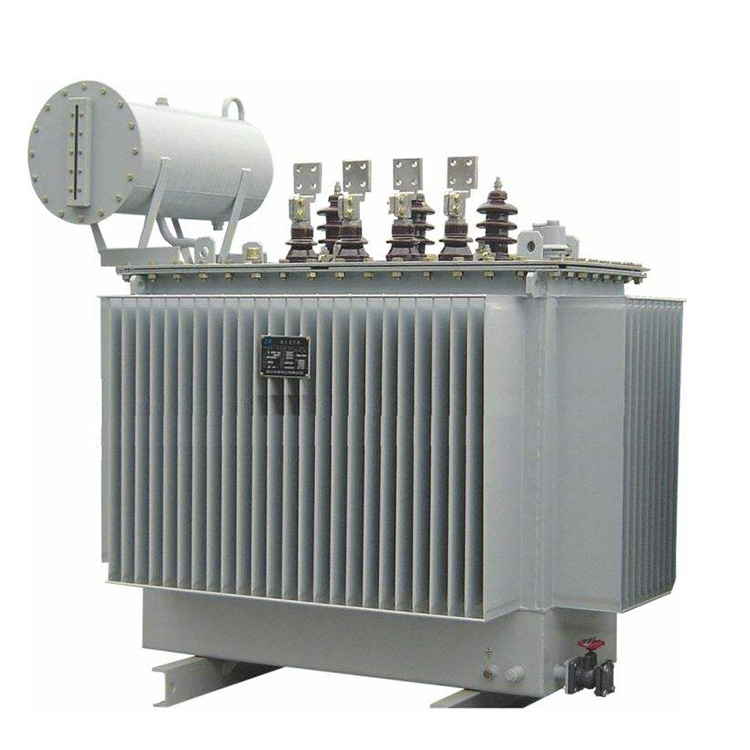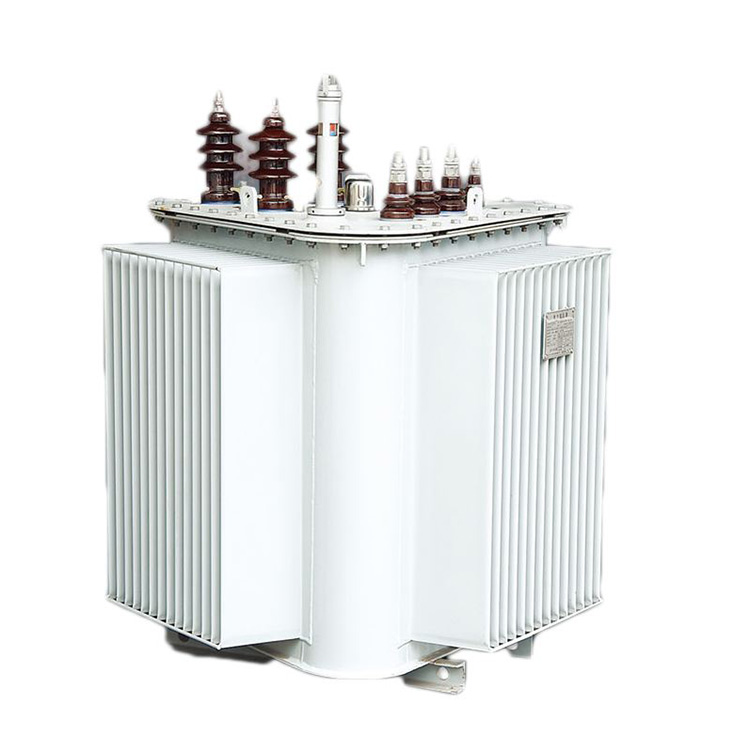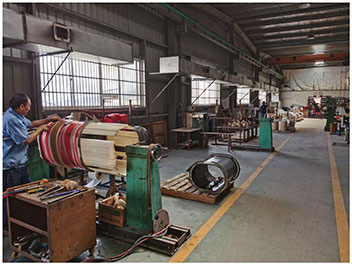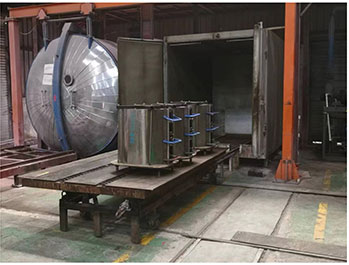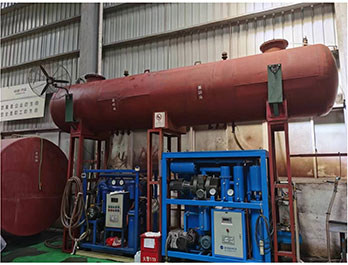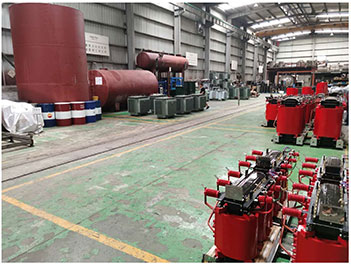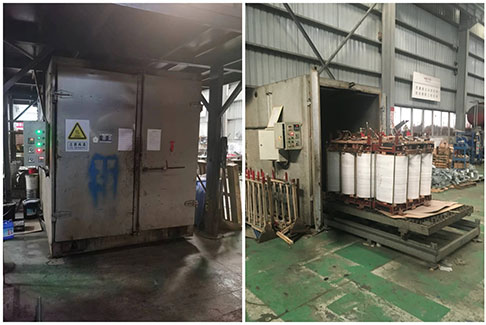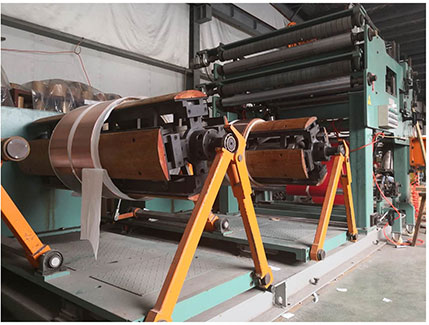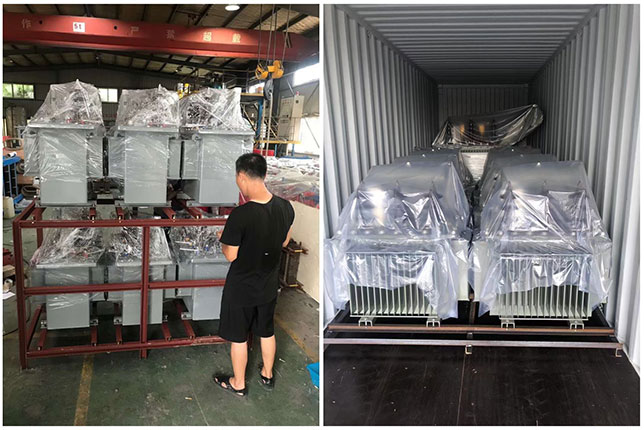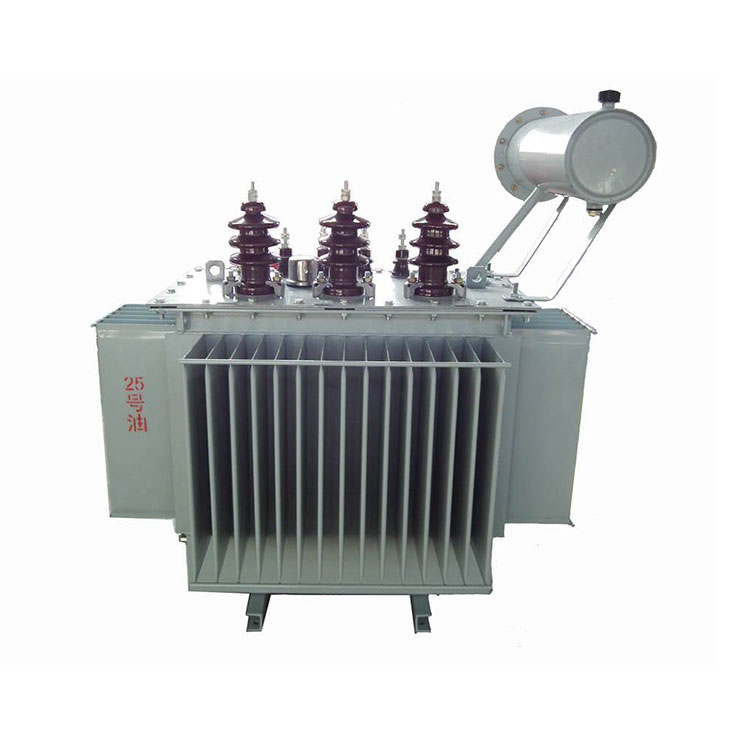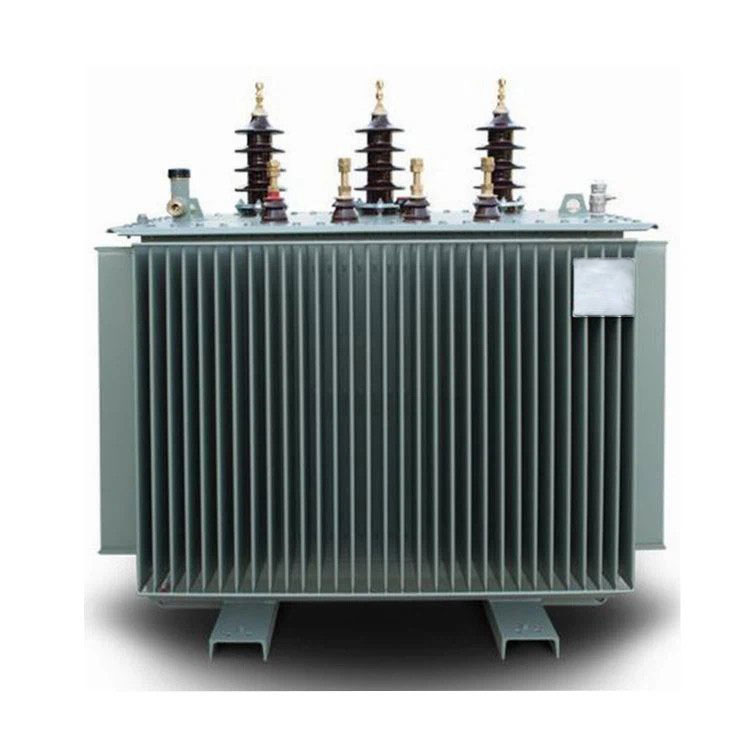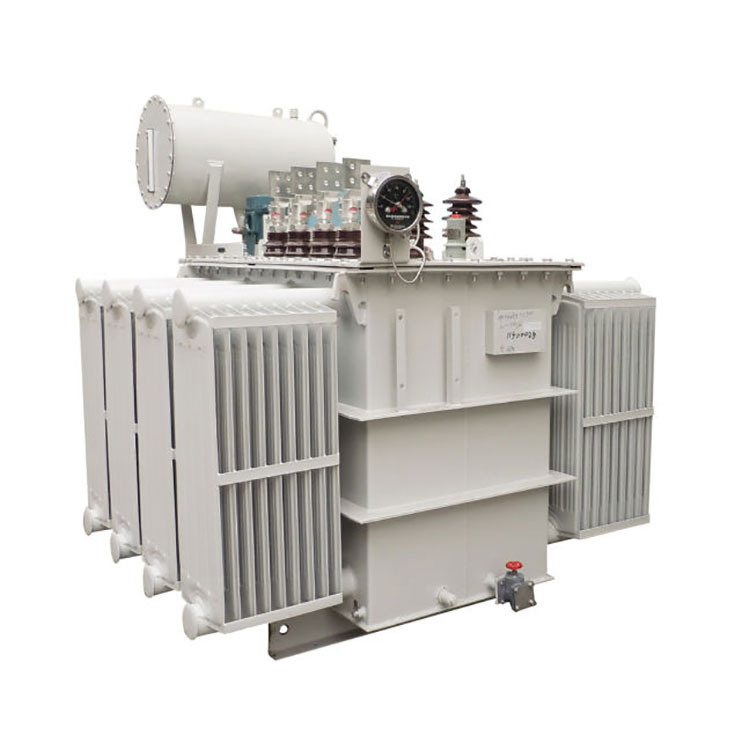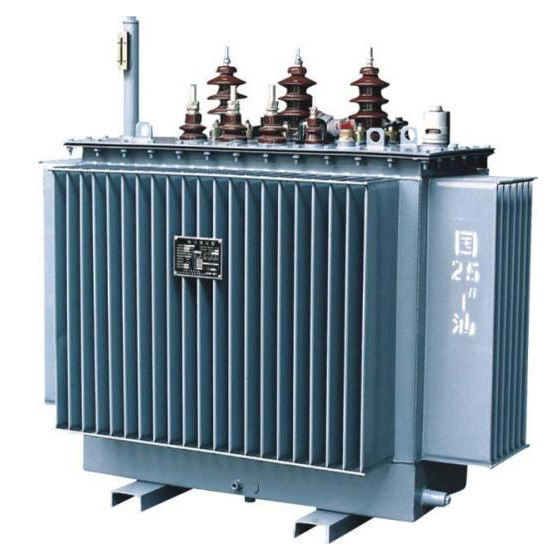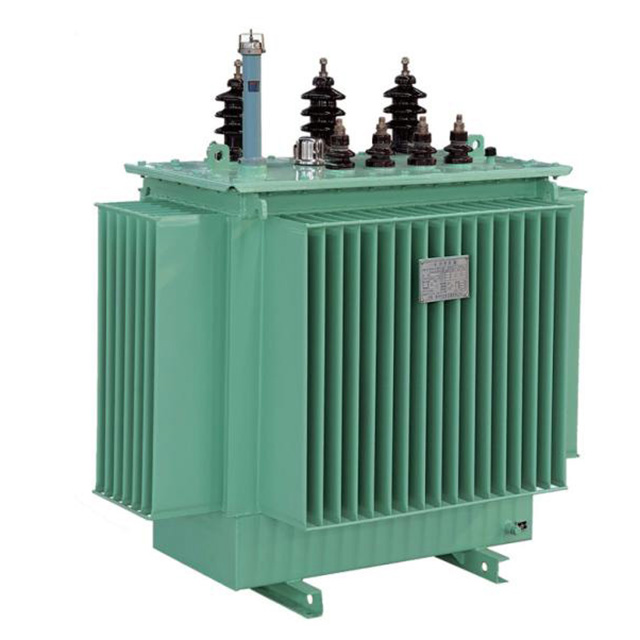- English
- Español
- Português
- русский
- Français
- 日本語
- Deutsch
- tiếng Việt
- Italiano
- Nederlands
- ภาษาไทย
- Polski
- 한국어
- Svenska
- magyar
- Malay
- বাংলা ভাষার
- Dansk
- Suomi
- हिन्दी
- Pilipino
- Türkçe
- Gaeilge
- العربية
- Indonesia
- Norsk
- تمل
- český
- ελληνικά
- український
- Javanese
- فارسی
- தமிழ்
- తెలుగు
- नेपाली
- Burmese
- български
- ລາວ
- Latine
- Қазақша
- Euskal
- Azərbaycan
- Slovenský jazyk
- Македонски
- Lietuvos
- Eesti Keel
- Română
- Slovenski
- मराठी
- Srpski језик
400 Kva Delta Star Distribution Transformer
Send Inquiry
Video
The Distribution Transformer sufficient usages:
1.Based on the load variation patterns, choose transformer capacity and the number of parallel units wisely.
2.For loads with significant fluctuations, consider adding small capacity transformers in addition to those operating year-round. These transformers can provide power during periods of low load.
3.If the load consistently remains at or below 30%, it's advisable to consider replacing small-capacity transformers.
4.Regularly adjust the load to keep transformers operating within the economical operating range.
5.When operating multiple transformers, adjust their operation rationally based on load distribution and variation patterns according to transformer characteristics. Ensure that transformers with good performance and low losses are in operation, while transformers with poor performance and higher losses are kept as backups, reducing the overall energy losses during transformer operation.
The 400 kVA Delta Star Distribution Transformer Technical Data:
| Mode: | S11-M-400 or depends; |
| Rated Capacity: | 400 kVA; |
| Basic Insulation Level: | 35/75(LI/AC) or 200kV/85kV(LI/AC); |
| No Loading Loss: | 575 ± 10% W; |
| Loading Loss: | 6385 ± 10% W; |
| Impedance: | 6.5%± 10%; |
| Rated Frequency: | 50 or 60Hz; |
| Vector Group: | Yyn0; |
| Insulation Material: | 25# 45# Mineral Oil; |
| Cooling System: | ONAN for Oil type, AN/AF for cast resin type. |
CONSO·CN The 400 kVA Delta Star Distribution Transformer Detail:
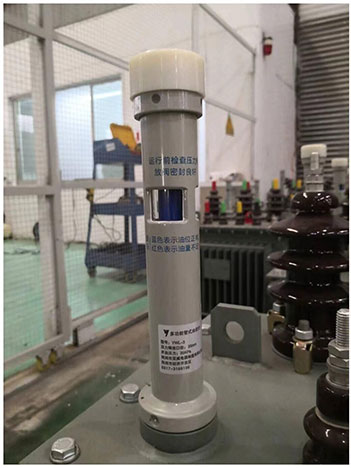
Oil Filled
|
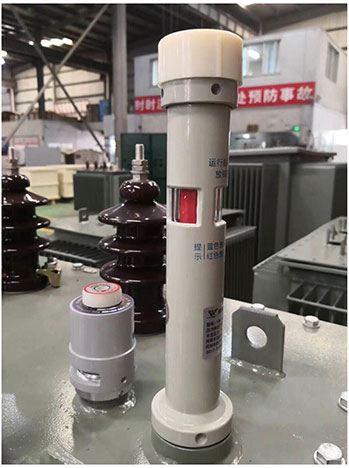
Oil Emptied
|
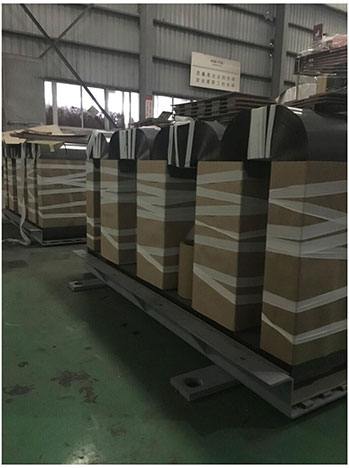
Amorphous Alloy
|
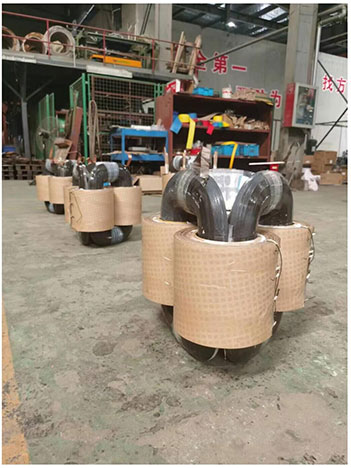
Rolled Iron Core
|
CONSO·CN The 400 kVA Delta Star Distribution Transformer Workshop:
|
Winding Workshop |
Coil Drying Area |
Oil Filling Area |
Finished Product Area |
The 400 kVA Delta Star Distribution Transformer Testing Center:

The 400 kVA Delta Star Distribution Transformer Producing Equipment:
|
Transformer Oven |
Casting Equipment |
Foil winding machine |
CONSO·CN The 400 kVA Delta Star Distribution Transformer Ready to Ship:

Package method:
|
Wooden Box |
Steel Structure |


